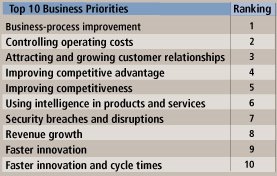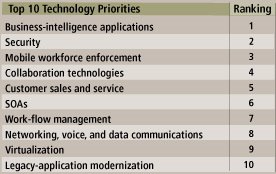
You probably disapprove people taking a double dip with their chip in the party dip. But a similar technique is used by Microsoft and other software vendors. And Cognos is following suit. The marketing ploy generates a ton of money and word of mouth for the vendor. But are customers gaining any advantage with better quality products and services?
Certification programs and training classes. When software vendors promote training benchmarks to consulting and technology companies, who wins? And who's the real client?
Vendors like Microsoft, and now Cognos, double dip. Customers buy software (one dip). Consultants buy training (2nd dip). Consultants want to be reimbursed for this sunken cost. Customers buy consultants. Cognos gains marketing & word of mouth paid for by customers, employees and consultants (3rd dip?).
Granted vendors don't start there. They work hard to become successful to the point where people want their products (and are trained in their products). Shouldn't they reap the rewards of creating that base of customer/consultant demand? Just feed the pyramid and let others grow their business. Sounds like they have been reading Seth Godin's flipping the funnel ebook.
But customers benefit from higher skilled people, right? Sure, a skill benchmark is set. But set by the vendor - not exactly an independant assessment. And letters after your name look great on the resume (MSCE, PMP, MBA). But these certified people cost more to find, hire, and keep. And then certification alone doesn't reflect experience and quality of work.
The biggest vendors & products cost a premium. Highly skilled & certified people also come at a premium.
Pick the products that meet your specific business and technical needs. Think open source. Think young, eager BI companies nipping at the heals of the largest. Big doesn't always mean the best.
Quote bloggers live by, "Sorry this was so long. I didn't have time to make it shorter." -- Jefferson.


